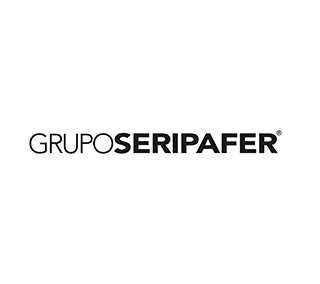With a turnover (4.779 million euros), which grows 8,6% and comes from 56% of exports, the circular bioindustry of cellulose and paper has invested in 2018 in capacity increases and in innovation and technological renewal 471 million euros, according to data from the Annual Statistical Report of the Paper Industry presented yesterday by ASPAPER.
Total paper production (6,2 million tons) decreased 1%; but while packaging, hygienic and special papers grew in percentages ranging from 7% to 2%, graphic papers decreased 16%. Pulp production in 2018 grew by 0,8%.
With 70 paper and 10 cellulose factories, the sector closed last year with a workforce of 16.595 direct employees (1,9% more), with 89% permanent contracts, according to the ASPAPEL Report.
"The strong investment rate of recent years is proof of our commitment to the future of the sector as a paradigm that we are of circular bioeconomy," explained Jordi Mercader, president of ASPAPEL, who presented the Report together with Vice President Elisabet Alier and the director General Carlos Reinoso.
Paper consumption grew by 2018% in 1,9. Thus, five years of growth in consumption are linked, which stands at 6,9 million tons.
In 2018, investments, with an increase of 21% over the previous year, amounted to 471 million euros, 9,9% of turnover. This great investment effort by the Spanish paper industry is carried out in parallel with the process of substitution of materials that paper is leading because of its renewable, recyclable and biodegradable nature, which positions it as one of the materials of the future.


















